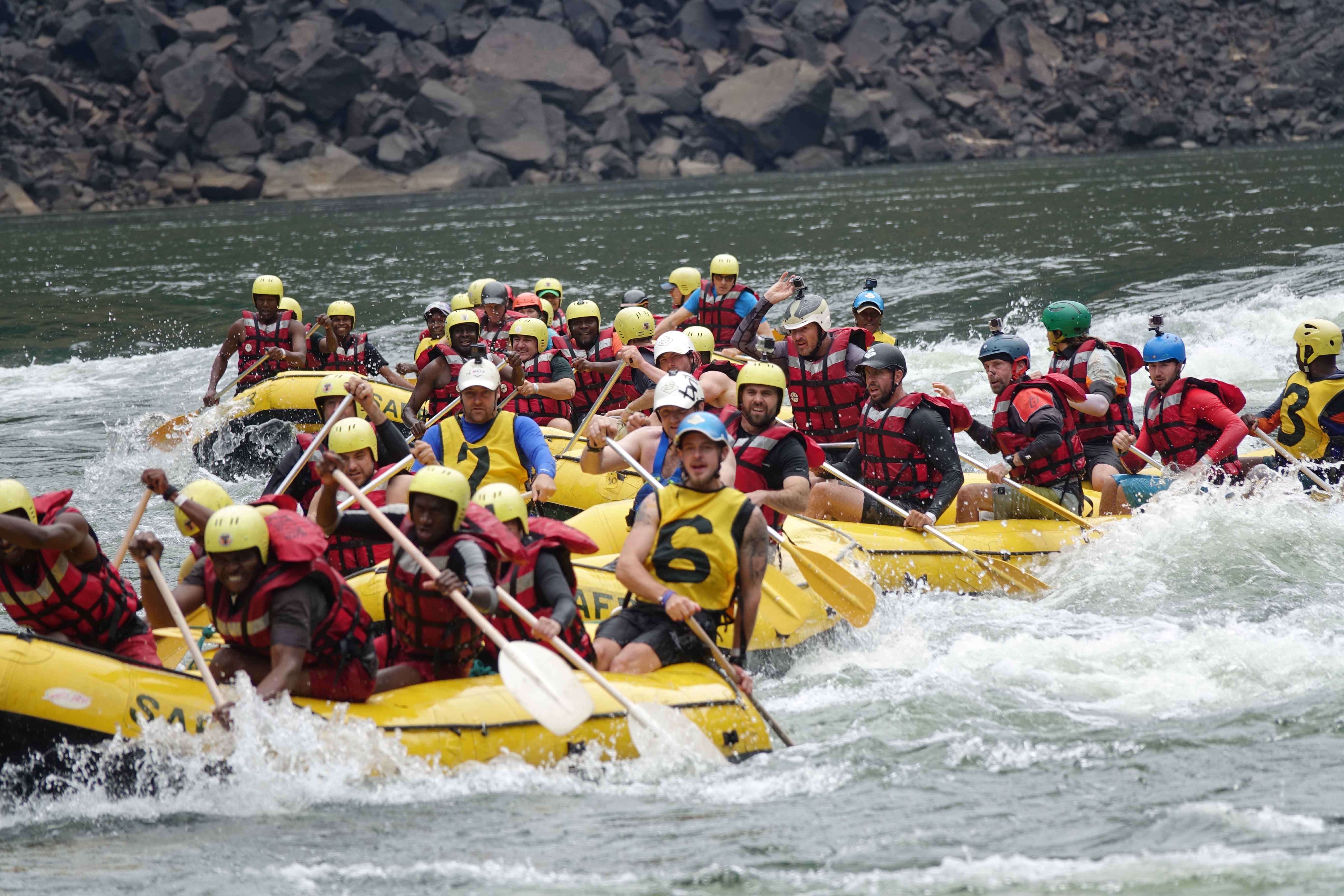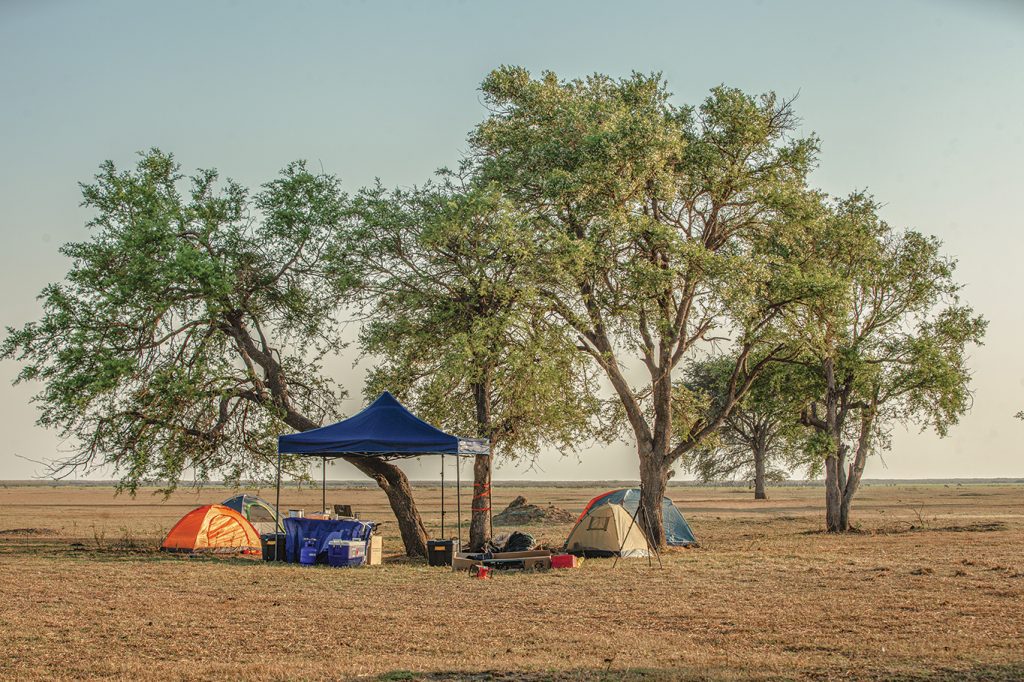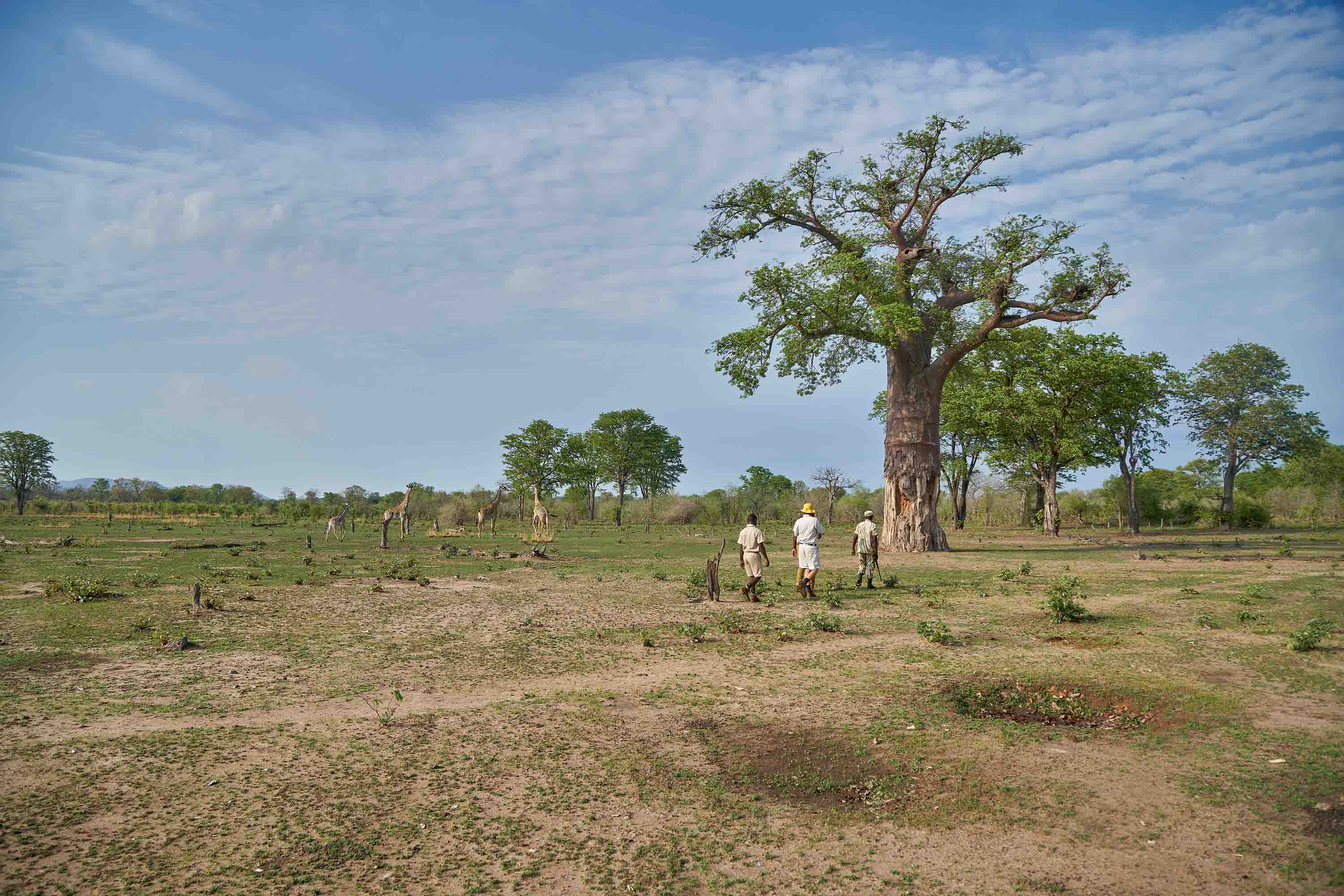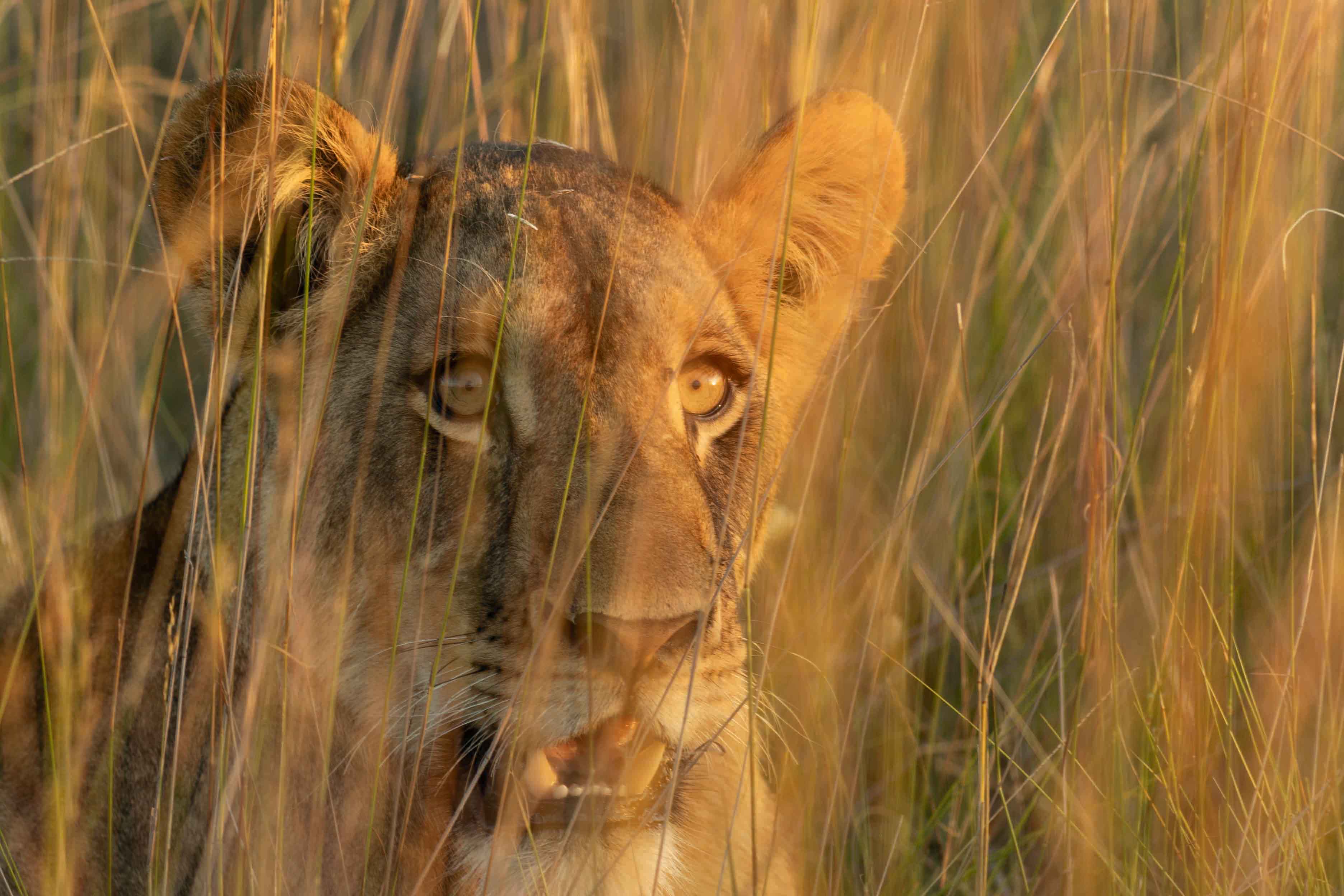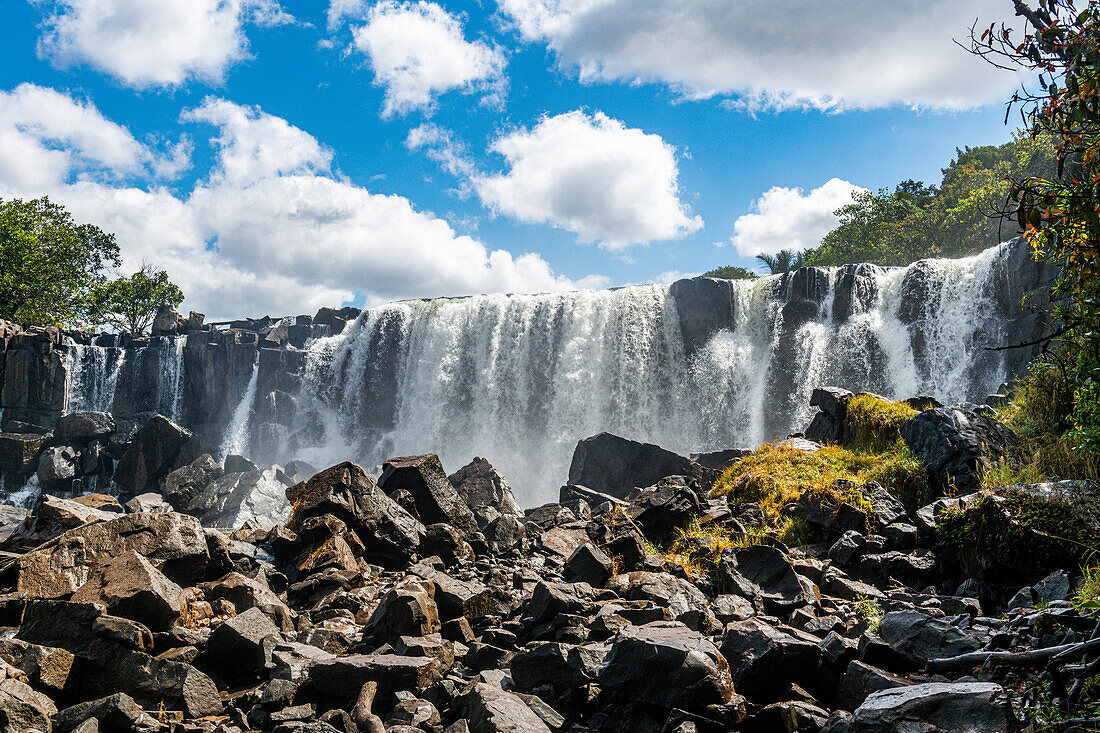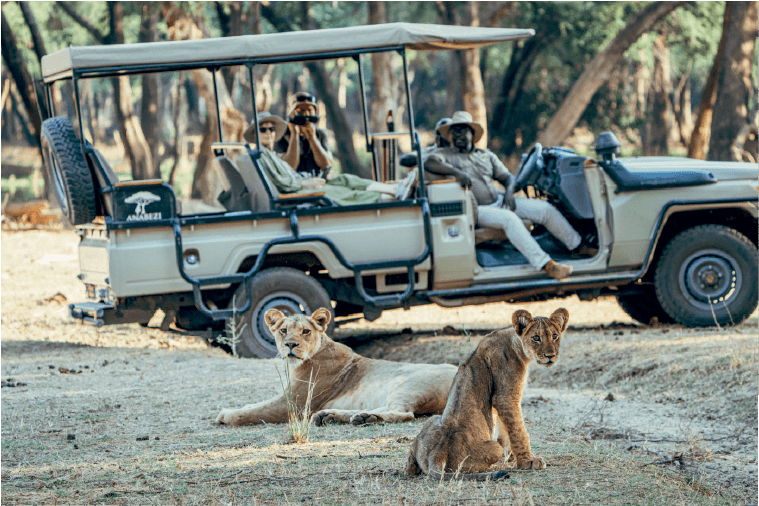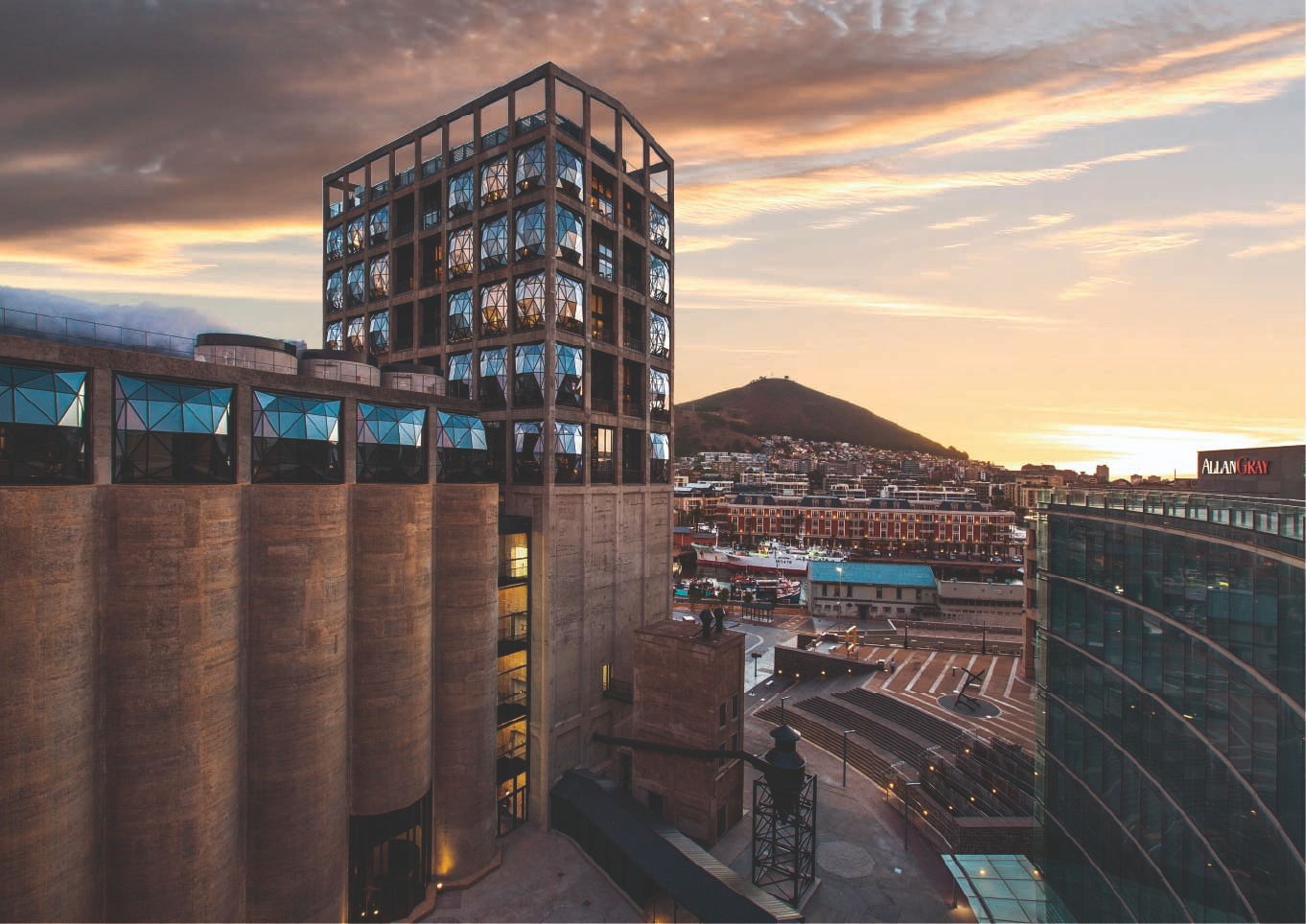On 26th October 1981, Zambia’s first president, Kenneth Kaunda, stood on the iconic Victoria Falls Bridge, taking in the scene. 128 metres below a Sobek Mountain Travel rafting expedition, led by the indefatigable Richard Bangs, undertook the first descent of the Zambezi’s middle Batoka Gorge. The rafts pulled out of the eddy below Victoria Falls, into the swirling maelstrom that is rapid number 1, aptly named ‘Against the Wall.’ One of the rafts promptly flipped. President Kaunda asked one of the reporters standing next to him, “Is that how they do it then?”

1,300 Kilometres from its source in Mwinilunga in North Western Zambia, the wide and gently meandering upper Zambezi River, abruptly plummets 107 metres over the Victoria Falls. It enters the narrow confines of the Batoka Gorge and begins its journey through the middle Zambezi in a spectacular display of geological splendour. The force of water over millennia, having worked its way into sandstone layers in the basalt, custom designed an incredible white-water wonderland. Providing what is arguably the best one-day white water rafting trip on the planet.
Since the first descent in 1981, where Richard Bangs and his team took just eleven days to reach the headwaters of Lake Kariba, over 100,000 people have rafted the Zambezi River from Zimbabwe and Zambia. Subject to massive seasonal water variations, the rafting season is clearly defined by “low water” and “high water” timeframes. Generally, the “low water” season is the most exciting time to raft the river. This is usually from the beginning of August to early January. This is when the Zambezi water levels are low enough to expose the bedrock in the Batoka Gorge. The water moving rapidly against this bedrock creates the massive crashing rapids the Zambezi River is renowned for.

The Zambezi River is classified as Class-V, the highest level of commercially available rafting. In the rafting community the Zambezi is affectionately referred to as the ‘Slambezi’ and big flips are more the norm than the exception. The river has some mitigating factors that make it relatively safe for white water rafting. The Zambezi River is known as a pool drop river, meaning that the huge crashing rapids empty out into relatively quiet pools. In the event of a flip, it is relatively easy to get everyone back to the raft before the next rapid. On other rivers of a similar class, a flip is a calamity, as the rapids often feed into each other and situations can quickly escalate. The other mitigating factor is the warm water temperature; rafters do not have to deal with the dangers of cold water immersion.

The Zambezi one-day rafting section is jam-packed with Class-V rapids, all enticingly close together. The one ‘un-runnable,’ rapid on the section (by raft), rapid number 9, ‘Commercial Suicide,’ is easily bypassed by walking along the flat rocks on the western bank. Other infamous rapids are rapid number 5 ‘The Stairway to Heaven,’ rapid number 7 ‘Gulliver’s Travels’ and rapid number 18 ‘Oblivion.’ The Zambezi also offers one of the world’s most underutilised multi-day rafting trips, in what is pristine untouched wilderness. Think a thousand star campsites, on squeaky white beaches in splendid isolation for four days, while tackling seldom run Class-V rapids such as ‘Upper Moemba’ and ‘Chimamba.’

The Zambezi White Water Festival, October 24th to the 27th 2019
For the third year running, the Zambezi White Water Festival is a celebration by the Livingstone community of the exceptional Zambezi River and the role the river plays in this tourism town. The festival is the only Class-V amateur rafting event in the world. Teams of six, under the instruction of an International Rafting Federation licensed guide, compete in slalom, head to head and timed races. With an adrenaline churning ‘surf and turf’ in rapid number 18, biggest flip wins. The three-day event is hosted at the Victoria Falls Waterfront by Safari-Par-Excellence (SAFPAR). The event is centered around a music festival and beer fest, with a host of local and international artists. The proceeds of the event go toward supporting a variety of charities and causes.
Bookings are currently open for teams of six, no experience necessary.
Pull Quotes/fun facts:
The Zambezi reaches her lowest point in the gorge during the first week of November and starts to rise after that. At this time of the year, you are rafting only five percent of the river’s peak flow.
In 1989 The Damned River was filmed on the Zambezi. The film crew painted a Nyami Nyami (river god from Tonga mythology) on a high rock face below rapid 5b for the movie; it can still be seen clearly today.
